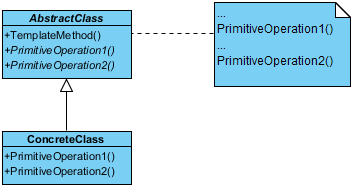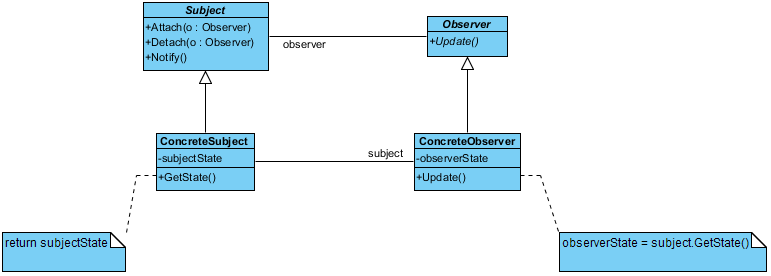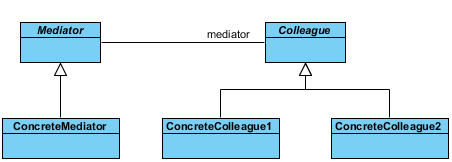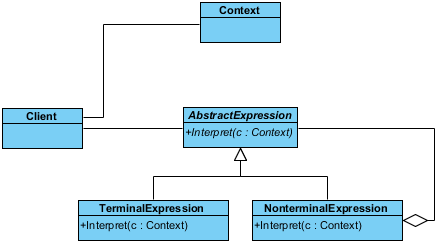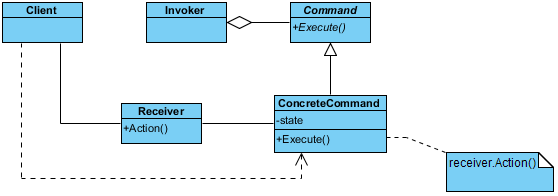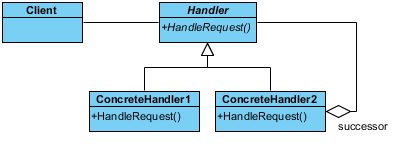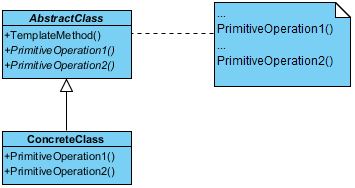
This is a UML class diagram example for the template method pattern.
Purpose
Identifies the framework of an algorithm, allowing implementing classes to define the actual behavior.
Use When
- A single abstract implementation of an algorithm is needed.
- Common behavior among subclasses should be localized to a common class.
- Parent classes should be able to uniformly invoke behavior in their subclasses.
- Most or all subclasses need to implement the behavior.
Import into your Project
Open diagram in Visual Paradigm [?]Copy the URL below, paste it in the Open Project windows of Visual Paradigm and press Enter to open it |
Posted by:
